
Hi, and welcome to this video on galaxies. It is estimated that there are more than 100 billion galaxies in the universe, and today, we’ll be taking a look at the different types of galaxies, as well as what galaxies contain.
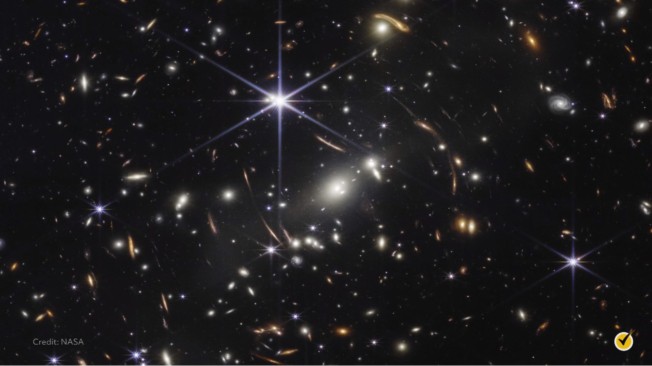
This is one of the first images produced by the James Webb Space Telescope, and is known as Webb’s First Deep Field. The amount of sky in this image is roughly what you would cover if you held a single grain of sand at arm’s length. There are thousands of galaxies in this cluster called SMACS 0723. Based on the density, astronomers have calculated that there are one hundred billion galaxies that we can see.
Galaxies seem to come in two distinct shapes: spiral and elliptical. Galaxies that don’t fit conveniently into either the spiral or elliptical categories are called irregular. Irregular galaxies that are forming many new stars are called starburst galaxies.
Spiral Galaxies
We live in a spiral galaxy called the Milky Way Galaxy. Spiral galaxies contain stars, gas, and dust. They are visually characterized by a disk, a bulge in the center of that disk, and a halo—which looks like a round ball—around that disk. Some spiral galaxies, including the Milky Way galaxy, have a bar across the center.

An interesting characteristic of spiral galaxies are the spiral arms, which serve an important function. As galaxies rotate, individual stars will enter the spiral arm, move slowly through it, and then exit the spiral arm. The gas inside the arms slows down stars as they enter—imagine trying to enter and move through a crowded room. In these concentrated areas, gas clouds hit each other and collapse to form new stars, which become the building blocks of planetary systems. Though stars can also form outside of the arms, these are the primary regions of star formation in spiral galaxies, and as such, they are often called stellar nurseries. We see more spiral galaxies where there are fewer other galaxies, so you might consider them suburban or even rural galaxies. Scientists hypothesize that spiral galaxies are found far from other galaxies because interactions between galaxies disrupt the delicate gas clouds that create the spirals, and could even erase the spirals completely.
Even though all spiral galaxies have some similarities, there are some variations among them as well. For instance, some have very noticeable bars, while some have no bars. The appearance of the arms can also differ between galaxies. Galaxies like NGC 6814, for example, are called grand design spiral galaxies, which means they have long, clear arms.
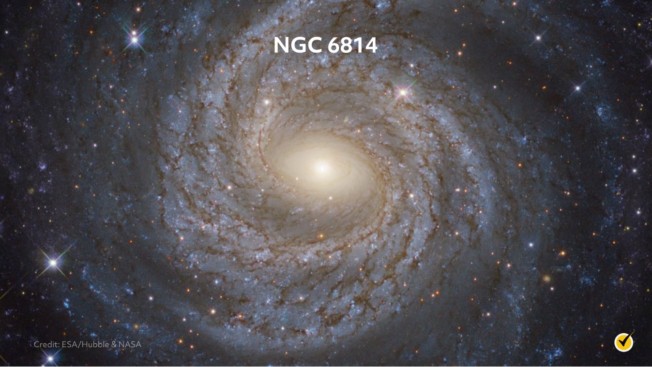
The bulges and disks of galaxies can also vary, as seen from the side views here. Some galaxies have a large bulge and small disk, whereas others, like the Needle Galaxy, have a small bulge and large disk.
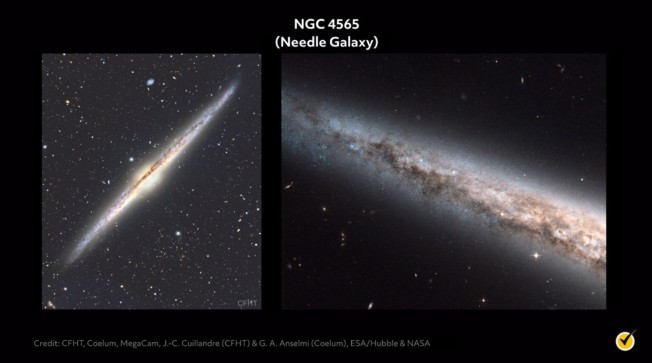
As with so many types of classification, there are occasional anomalies. In these cases, a decision must be made whether to create a new class, modify current definitions, or make an exception and include the anomaly in the closest fitting class. For example, the Sombrero Galaxy is classified as a spiral galaxy but does not actually appear to have spiral arms. It does, however, contain a disk of gas around the bulge. The arms of a spiral galaxy contain dust and gas, and because this is also true of the ring around the Sombrero Galaxy, it has been classified as a spiral galaxy, even though it does not have a spiral structure.
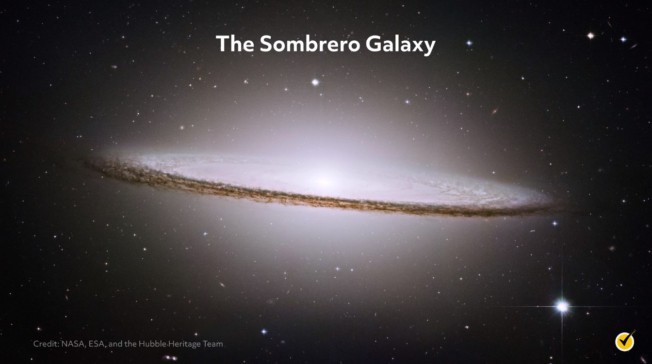
Elliptical Galaxies
While spiral galaxies like our own are beautiful, they are not the most common type of galaxy. Most galaxies are elliptical. These galaxies are often shaped like a football, though some can be long and cigar-shaped and others are more round.
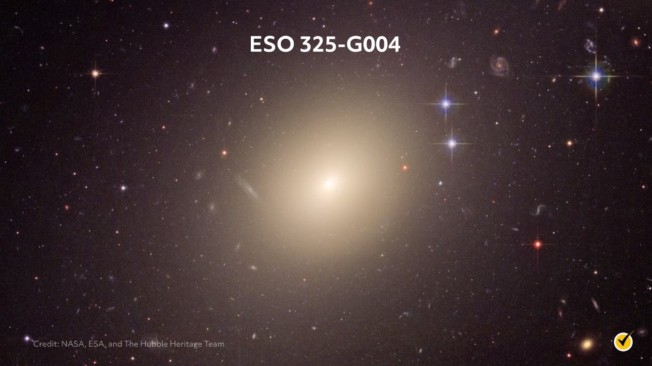
They have very little evidence of dust and no evidence of a disk, so they almost look like just the bulge of a spiral galaxy without any of the additional components. The absence of large quantities of dust also indicates lower amounts of gas. If there’s little gas, then gas clouds can’t collide. Without colliding gas clouds, there are no spiral arms and no star formation. This is why we see mostly old stars in elliptical galaxies. Elliptical galaxies are common in areas where there are many galaxies close together. They could be considered urban galaxies. Many elliptical galaxies are small, but the size can vary greatly, as some of the largest galaxies in our universe are also elliptical. These are called giant elliptical galaxies. For instance, in this image of the giant elliptical galaxy called M87, you can tell how large it is by comparing it to the smaller white objects around it. These objects are actually other galaxies orbiting the enormous elliptical galaxy that is M87.
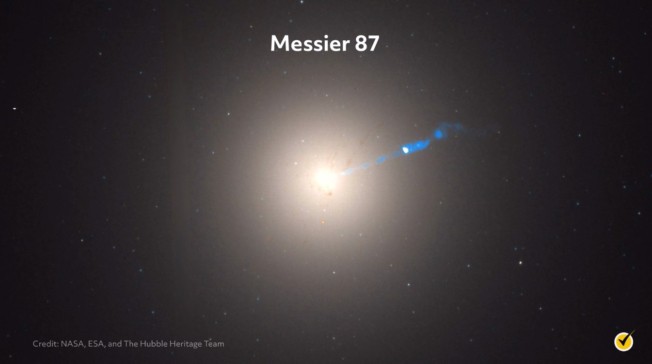
Irregular Galaxies
Irregular galaxies are galaxies that don’t obviously fit into the categories of spiral or elliptical. Many of these have random shapes that look neither like a disk nor like a football. Some may have gas and active star formation but without any sign of spiral arms. As I mentioned earlier, an irregular galaxy has active star formation, is called a starburst galaxy. One hypothesis is that these irregular galaxies might once have had a spiral or elliptical shape, but they got too close to another galaxy, which disrupted that shape. This hypothesis is inspired by the Large and Small Magellanic \ ¦majə¦lanik \ Clouds, which are two small irregular starburst galaxies that are orbiting the Milky Way Galaxy. In the Southern hemisphere, you can see them in the sky without a telescope. In other parts of the world, when viewed through a telescope, the Large Magellanic Cloud shows signs of star formation, such as pink glowing gas clouds and dusty areas. There are, however, no spiral arms or characteristic bulge.

The Magellanic Clouds are galaxies that are being torn apart by the gravity of the Milky Way. Before the Milky Way began to rip them apart, they may have been elliptical or spiral. Galaxies destructively collide often. These interactions between galaxies create changes in the galaxies themselves, which can affect their shape and structure. We now know the Milky Way has absorbed many small galaxies. We can find the cores of multiple small galaxies contained within the Milky Way. The Large and Small Magellanic Clouds are in the process of being devoured by the Milky Way right now. In a couple billion years, well before scientists believe the Sun will burn out, the Milky Way is going to collide with the Andromeda galaxy, which is the other large spiral galaxy in our local group of galaxies.
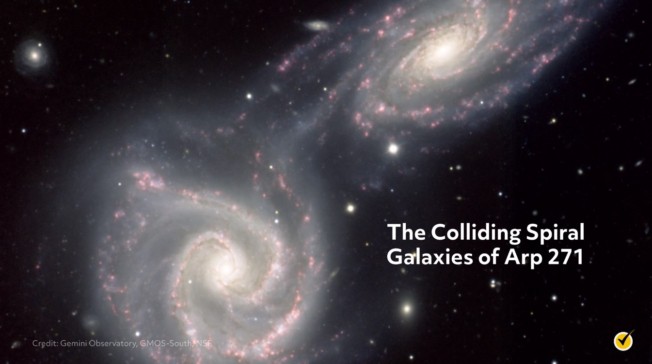
Galaxies contain many interesting visual components. Looking at images of galaxies, you can see the light from stars as well as glowing gas, which is usually pink. Black or brown streaks are the result of dark dust within the galaxy.
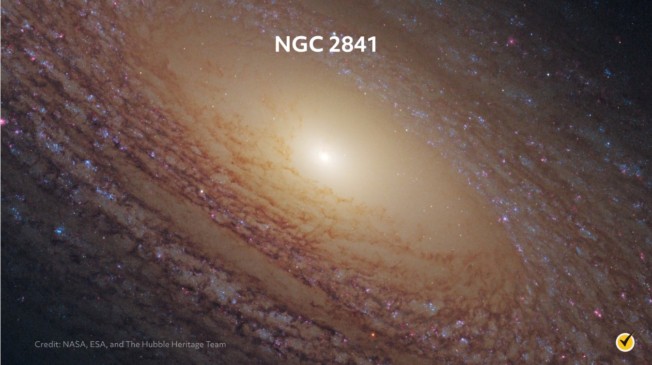
Galaxies also contain things that cannot be seen. In the center of each galaxy, hidden by the starlight of the bulge, is a large black hole. Scientists have captured images within our own galaxy of stars orbiting what they believe is a black hole. The space here looks empty, but within what appears to be a relatively small area, an object containing a mass of over four million times the mass of the Sun lies hidden. The only possible explanation for this is that this region at the galaxy’s center contains a supermassive black hole. But the Milky Way Galaxy is not alone in housing a supermassive black hole in its center. The first black hole ever photographed lies in the center of the giant elliptical galaxy M87. It is lit up by gas that is falling into the black hole, but no light can escape from the black hole itself, so the center is dark.
Something else contained within galaxies that can’t be seen is dark matter. When scientists measure the mass of galaxies, they find that most galaxies contain up to ten times more matter than we can see, even if the massive black hole is included. There must be some other kind of matter in galaxies that we cannot see. This has been called dark matter. It is not well understood, but it is the most abundant material in most galaxies. In fact, rather than considering galaxies as collections of stars and gas, it is more accurate to consider them collections of dark matter.
Think about a spider web with water droplets on it. Spider webs can be difficult to see, but the water droplets, which are easy to see, help reveal the presence of the web. The stars, gas, and dust of galaxies are like the water droplets on the spider web, and dark matter is like the spider web itself. Considering how many galaxies are in our universe, and that they are mostly made of dark matter, this brings us to a startling realization: if we don’t know what dark matter is, then we don’t know what most of the universe is made out of! Clearly, there is more to learn.
That’s all for this video. Thanks for watching, and happy studying!
